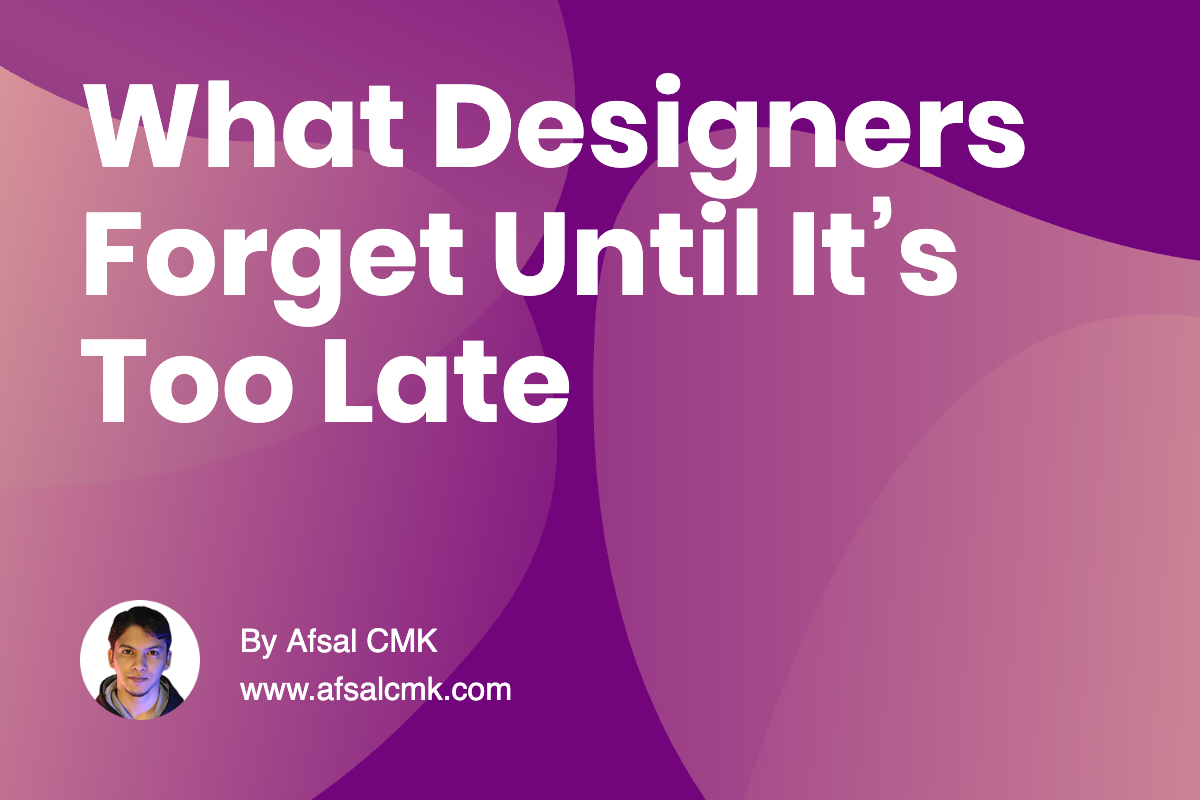
What Designers Forget Until It’s Too Late
I remember once joining a project where everyone was excited about shipping fast. The product looked polished on the surface, but the team had skipped over small usability fixes and postponed accessibility improvements. At first, it didn’t seem like a big deal. Users still signed up, the numbers grew, and the mood was optimistic. But a few months later, those tiny cracks began to show. Support tickets piled up, new features felt harder to add, and confidence in the product quietly eroded.
This is what happens when you carry UX debt. It rarely announces itself loudly at first. Instead, it shows up as friction in the day-to-day work: designs that take longer to implement, inconsistencies that confuse users, or new teammates struggling to understand old flows. The cost builds slowly until it becomes unavoidable. And by then, fixing it feels overwhelming.
You don’t need to eliminate all UX debt at once, but you do need a way to see it clearly and keep it under control. Think of it like tidying up your home-you can live with some clutter, but ignore it too long and it becomes stressful to even start cleaning. The same goes for your product. Paying attention early makes the work lighter later.
That’s why I encourage teams to track recurring issues, even if they seem minor at first, and to prioritize fixes that impact the core user journey most. Make time for cleanup sprints, not just feature releases. Encourage your teammates to flag inconsistencies without fear of slowing progress. And most importantly, balance speed with quality by agreeing on a shared definition of “done.” These small habits keep debt visible and manageable before it grows into a wall you can’t ignore.
The truth is, every team will accumulate some UX debt-it’s part of building fast and learning along the way. What sets strong teams apart is not avoiding it entirely, but keeping it visible, making deliberate trade-offs, and addressing it before it turns into a barrier. Start by asking yourself: what small debt could you clear today to make tomorrow’s work easier? That question, asked often, keeps you moving forward without being weighed down.